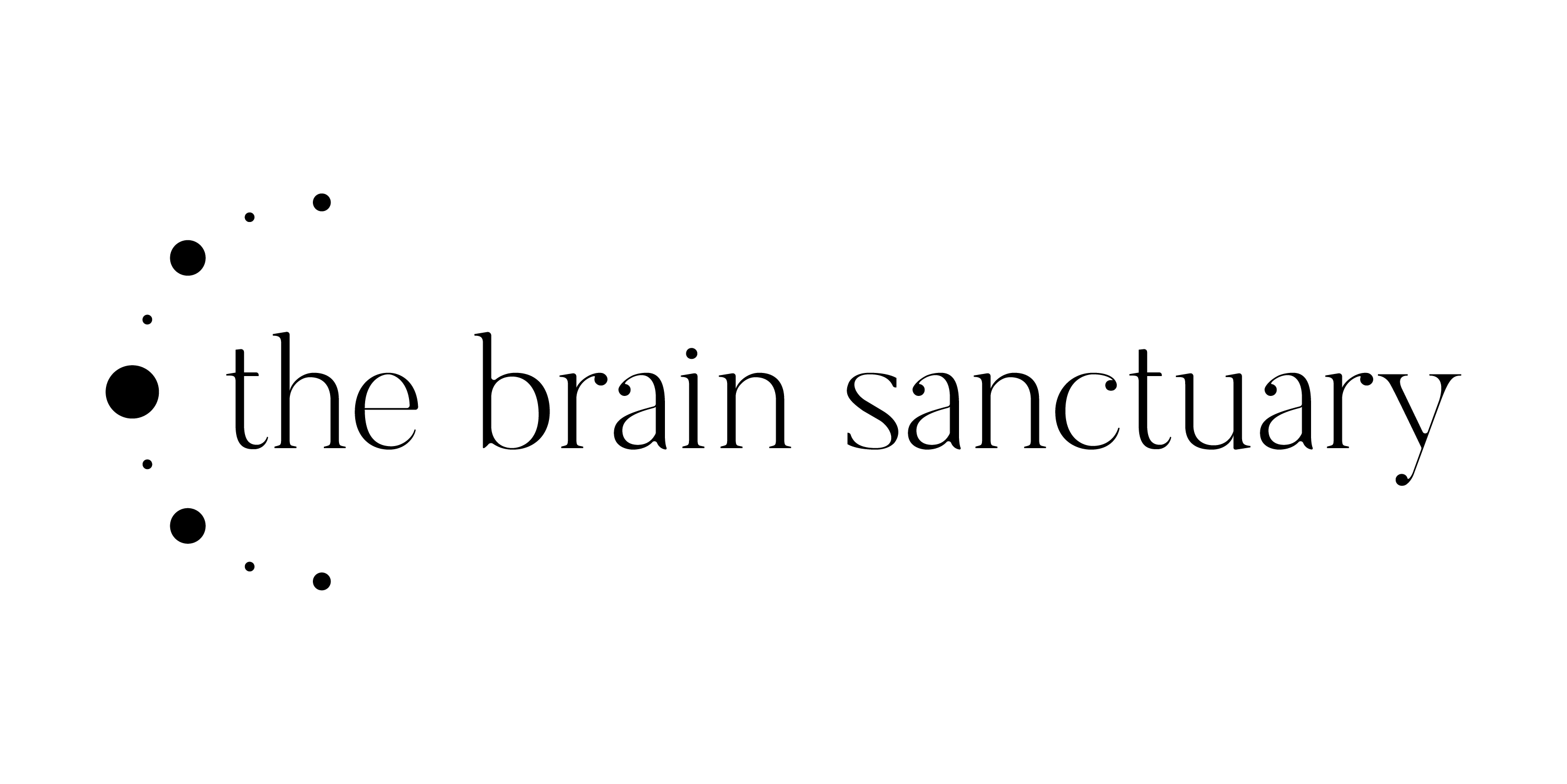In a world where educational paradigms are rapidly evolving, neuroeducation emerges as a transformative approach, particularly for fostering inclusive environments that cater to neurodiverse students. Neurodiversity encompasses a variety of neurological conditions, including Autism, ADHD, dyslexia, and more, recognising these as differences rather than deficits. As classrooms around the globe strive to accommodate the diverse needs of all students, neuroeducation stands out as a beacon of hope, promising to revolutionise the learning experience for neurodiverse learners.
Understanding Neuroeducation and Neurodiversity
Neuroeducation, a burgeoning field at the intersection of neuroscience, psychology, and education, leverages insights about the brain's learning processes to devise effective teaching strategies. It provides a scientific framework for understanding how neurodiverse students process information, offering educators tailored approaches that resonate with each learner's unique cognitive patterns.
Tailored Learning Environments for Every Brain
Neurodiverse students often face challenges in traditional educational settings, where a one-size-fits-all approach to teaching prevails. However, neuroeducation advocates for personalised learning experiences based on the neurological profile of each student. This involves modifying instructional methods, classroom environments, and assessment techniques to align with the diverse ways neurodiverse students perceive, interpret, and engage with new information.
Cognitive Flexibility in Teaching
The cornerstone of neuroeducation lies in its emphasis on cognitive flexibility, encouraging educators to adopt multiple teaching methodologies. From visual aids and hands-on activities for students with dyslexia to structured routines and sensory-friendly spaces for those who are autistic, neuroeducation fosters a classroom environment where every student can thrive.
Technology as an Ally
Emerging technologies play a pivotal role in neuroeducation, offering innovative solutions for personalised learning. Educational apps and software equipped with AI can adapt to the individual learning pace and style of neurodiverse students, providing them with a customised educational experience. These technologies not only support learning but also help students develop independence and confidence in their abilities.
Empowering Educators with Neuroeducation Training
For neuroeducation to truly lead the way in neurodiverse classrooms, comprehensive professional development for educators is paramount. Training programs in neuroeducation equip teachers with the knowledge and tools to better understand the neurological underpinnings of learning and behavior in neurodiverse students. By fostering an atmosphere of empathy and awareness, teachers can more effectively support the academic and emotional well-being of all learners.
Bridging Gaps Through Inclusive Practices
Neuroeducation promotes inclusivity by recognising and valuing the unique contributions of neurodiverse students. By adapting teaching methods to various learning styles and cognitive processes, educators can create an environment where differences are celebrated, not merely accommodated. In turn, this inclusivity fosters a culture of mutual respect and understanding among all students, enriching the learning experience for everyone.
The Future of Neuroeducation in Neurodiverse Classrooms
As neuroeducation continues to gain momentum, its potential to transform classrooms into inclusive, dynamic learning spaces becomes increasingly evident. By prioritising the needs of neurodiverse students, educators can unlock the vast potential within each learner, paving the way for a future where equity and excellence in education are not just ideals, but realities.
Neuroeducation holds the promise of revolutionising educational practices for neurodiverse students. By building on the strengths and addressing the challenges unique to each learner's neurological makeup, it paves the way for a more inclusive, effective, and compassionate educational system. As educators and policymakers embrace neuroeducation, they unlock the potential of every student, ensuring that diversity in learning is not just accommodated but celebrated as a driving force for innovation and growth.

